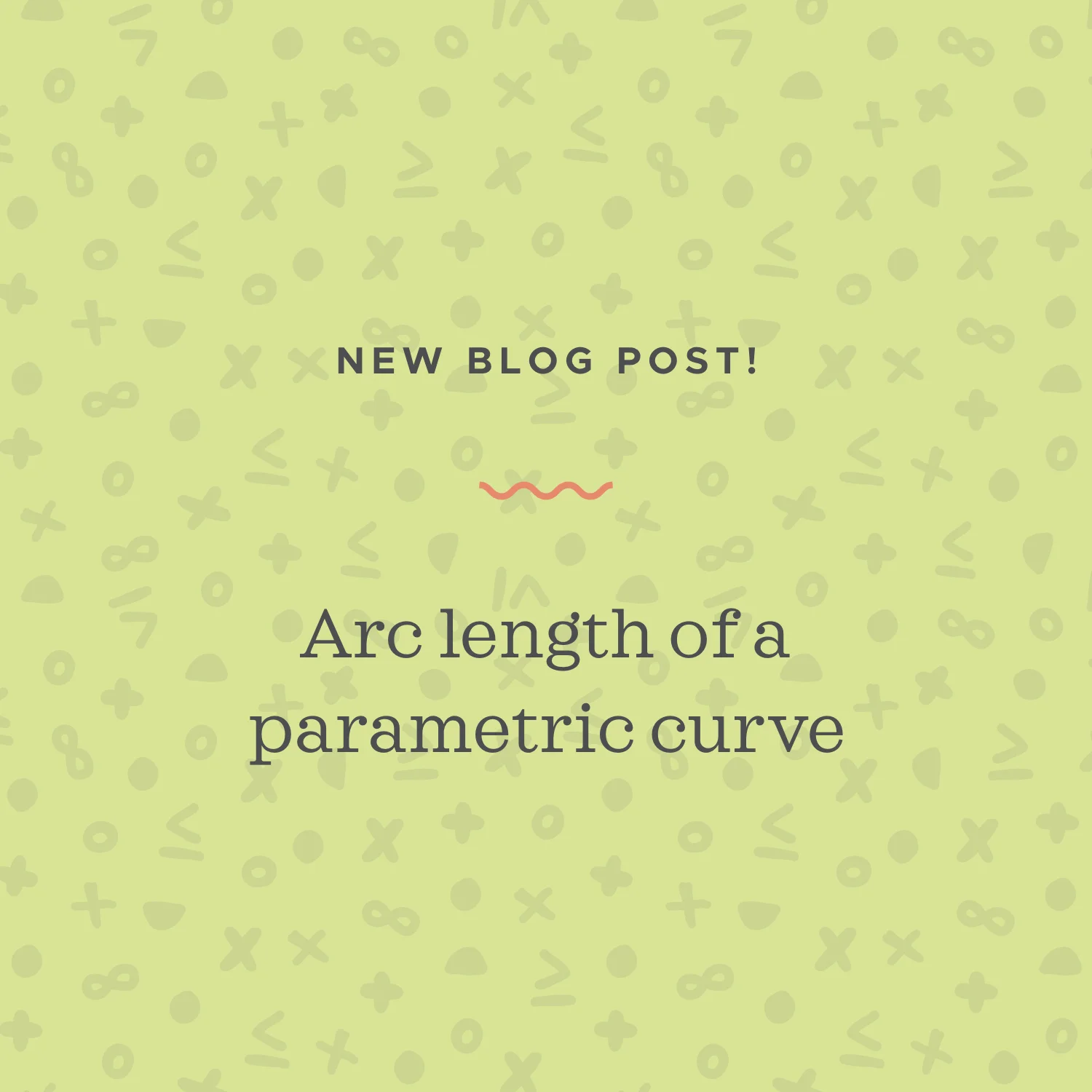The arc length of a parametric curve over the interval a≤t≤b is given by the integral of the square root of the sum of the squared derivatives, over the interval [a,b]. So to find arc length of the parametric curve, we’ll start by finding the derivatives dx/dt and dy/dt.
Read MoreTo find the arc length of the vector function, we’ll need to use a specific arc length formula for L that integrates the root of the sum of the squared derivatives. L will be the arc length of the vector function, [a,b] is the interval that defines the arc, and dx/dt, dy/dt, and dz/dt are the derivatives of the parametric equations of x, y, and z respectively.
Read MoreThe arc length of a polar curve is simply the length of a section of a polar parametric curve between two points a and b. We use a specific formula in terms of L, the arc length, r, the equation of the polar curve, (dr/dtheta), the derivative of the polar curve, and a and b, the endpoints of the section.
Read MoreIn this lesson we’ll look at how to find the length of an arc when we’re given the radius and the measure of the corresponding central angle in degrees.
Read More





